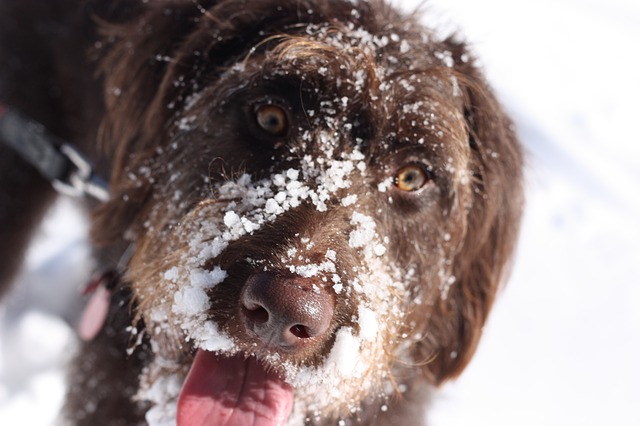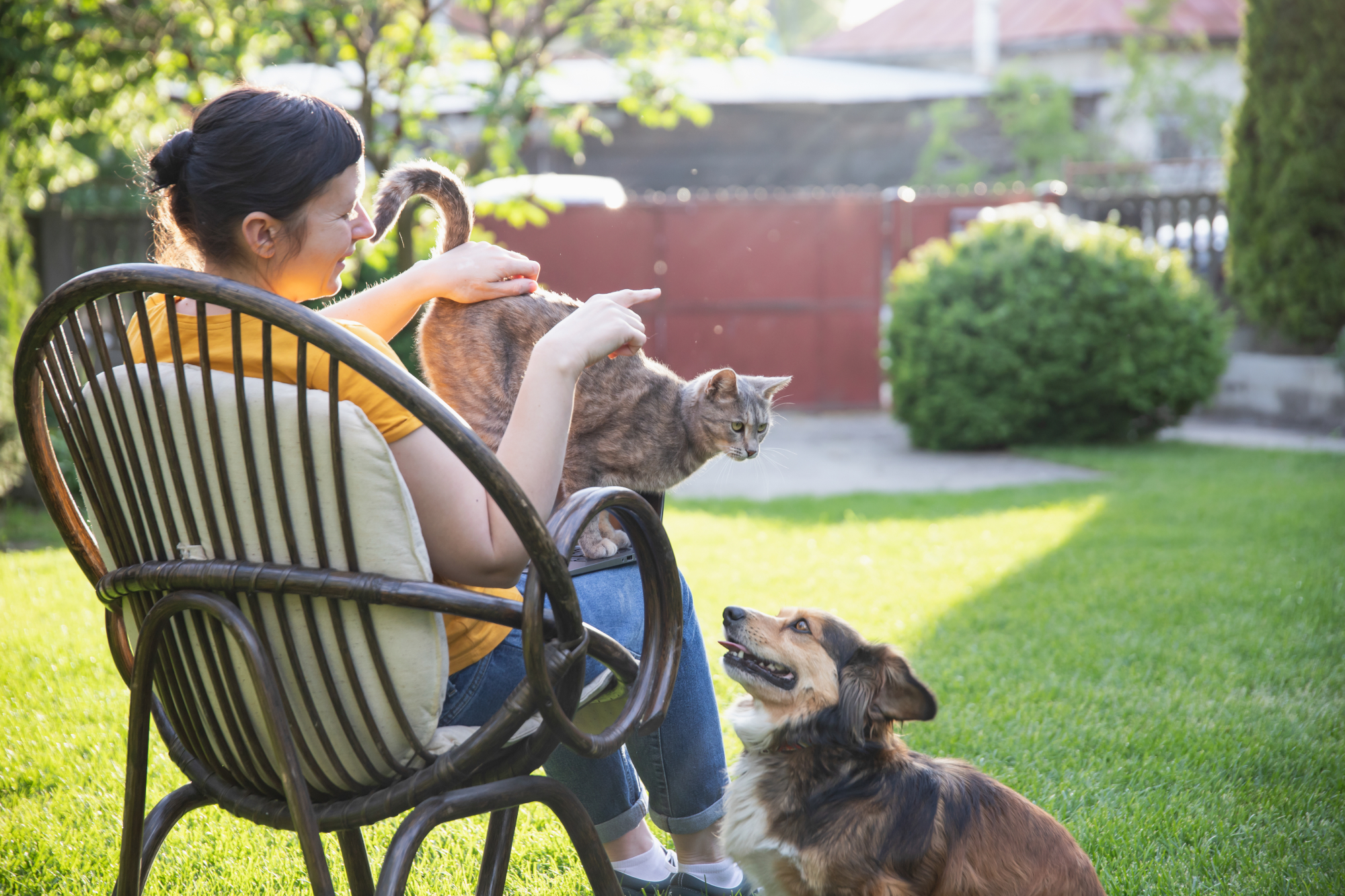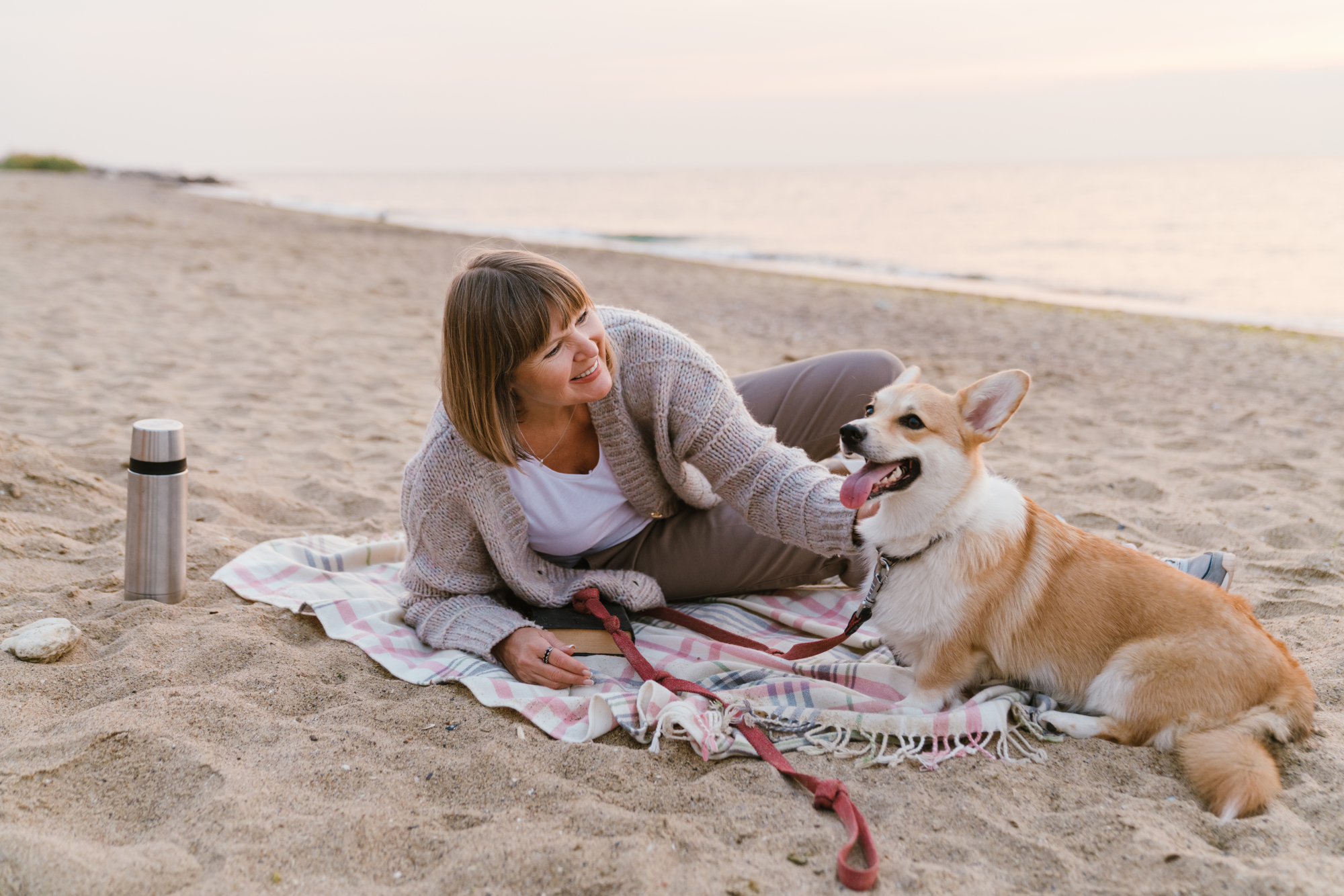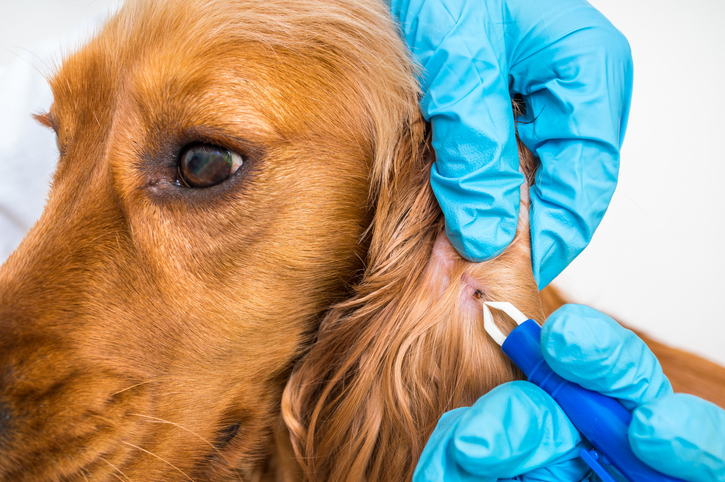’Tis the season of dropping temperatures! With or without snow, it’s possible for your dog to catch cold. Be sure he or she doesn’t get so cold that hypothermia develops! If you see any of these signs and symptoms, bring your dog to your local veterinarian for quick and effective treatment.
What is Hypothermia?
Hypothermia is the condition of having an abnormally low internal body temperature. For dogs, this means their temperature has dropped below the normal body temperature of 37.8˚C (100.1˚F) to 39.1C˚ (102.5˚F).
An abnormally low core temperature can lead to complications that are quite severe. Protect them as much as possible, and watch for symptoms that indicate they’ve been too cold for too long.
Signs and Symptoms of Hypothermia
When your dog is exposed to freezing temperatures for a prolonged period of time, the first worrisome symptom to note is shivering. His or her body shivers to create heat, which also signals that the blood vessels in the paws, nose, ears, and tail are constricting in order to send that heat to their most important organs like the heart and lungs.
Signs of your dog’s dropping body temperature are:
- Their limbs are becoming very cold
- Their breathing will be very rapid
- Increased urination
- Their hair is standing on end (the doggy version of goose bumps)
- Shivering
- They will become lethargic
- Disorientation
- Pale gums
- Slow, shallow breathing
Quickly take your pup to a veterinarian or to an animal hospital for immediate medical help if you see the signs that are suggestive of hypothermia:
- He or she is still very cold, but has stopped shivering
- He or she is not only lethargic but also disoriented
- Their rapid breathing has slowed and is now shallow
- Their nose, ears, paws, and tail look pale
- Their internal body temperature has fallen below 36.7˚ C (98˚ F)
Which Dogs Need Protection the Most?
Dogs who are most at risk for hypothermia are those:
- Who are very young or very old
- With low body fat
- With very little or very thin fur
- With hypothyroidism because the thyroid regulates body temperature
- Who are not used to cold weather
- Small breeds such as Chihuahuas who can lose heat more quickly because of their size
The usual causes of a dangerous drop in a dog’s core temperature are:
- Exposure to cold temperatures for a prolonged period of time
- Icy cold, wet fur and skin and paws
- Cold water exposure for long durations
Here is What to do for Your Cold Dog
As long as your dog is not showing a serious drop in core temperature, you can treat the problem at home. Consider investing in a rectal thermometer so that you can take their temperature yourself and find out exactly how cold he or she is. (There’s nothing wrong with asking your vet for help with this part however, especially if this makes you both uncomfortable!)
Quickly warm blankets in the dryer, wrap them around your dog, and place him or her in a warm room. A hot water bottle or a hot pad warmed in the microwave can be wrapped and placed on your dog’s tummy. Make sure this heat pad is well-wrapped in a towel so that it doesn’t burn them by accident! Give your pup warm fluids to drink.
Do not put your pet into a warm bath! The sudden shift in temperature exposure could be too much for your dog to handle and only make the situation worse.
If you are concerned about your pup, bring them to a dog hospital right away. Have your veterinarian check for any long-term, negative effects from your dog’s hypothermia experience. The above methods we just described are good for starting the heating process on the way to your vet clinic.
Tips for Caring for Your Pet When the Weather is Cold
The best defense against hypothermia is a good offence, which means making sure your dog is not exposed to extreme cold for long periods of time.
- If it is cold outside, walk your dog more frequently for shorter lengths of time.
- Give your pooch a winter wardrobe! Outfit him or her in a protective jacket and even booties if they’re not used to the cold or is considered to be an “at-risk” dog (e.g., any small, skinny, sick, or old dog—especially if they’re arthritic—or a puppy, or any dog with a single layer of hair and no undercoat).
- Keep your pooch out of water, even from melting snow puddles or regular rain puddles.
- Even when inside of a car, your pet may freeze in the winter. The weather may be suitable for taking your dog on a brisk walk, but that same temperature can cause hypothermia to set in if he or she is sitting in a cold car. Make sure they’re kept warm!
- If your pet is left alone in a cold house, their core temperature may drop enough that they start to shiver. Think of your pets when you lower the house temperature on workdays.
- Don’t leave your dog tied up outside for extended periods when it is windy and cold.
- When taking your dog for a walk, avoid ice salts, which can irritate the feet and paws of animals.
- Little balls of ice may sometimes get caught between your dog’s toes. This not only hurt dogs, they can also cut into their feet. Remove any icy bits from their paws immediately if you discover this. It’s best to train your dog to accept wearing booties to prevent this cold weather hazard from occurring in the first place.
- Make sure your dog always has good shelter and warmth whenever you must take them outside. If the weather becomes dire, keep your pup indoors at all times.
- Antifreeze, which is used a lot in the winter for vehicles, is very poisonous to dogs. Make sure any containers you have around the house are well out of the reach from your dog’s tongue. Wipe up any antifreeze that spills. If your dog somehow manages even one lick of antifreeze, take them to your veterinarian right away!
Winter can be a dangerous season for pets. If you’re a dog owner, please exercise caution when you’re taking your beloved dog outside, and keep watch for the aforementioned signs and symptoms of hypothermia. Early-stage hypothermia can be treated quickly and easily at home, but your dog should be taken to a veterinarian or an animal hospital right away if they show any signs of later-stage hypothermia. Again, it’s better to be safe than sorry by having them come in even if it’s early-stage.
Creative Commons Attribution: Permission is granted to repost this article in its entirety with credit to Hastings Veterinary Hospital and a clickable link back to this page.






